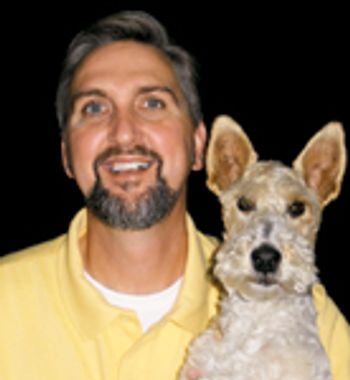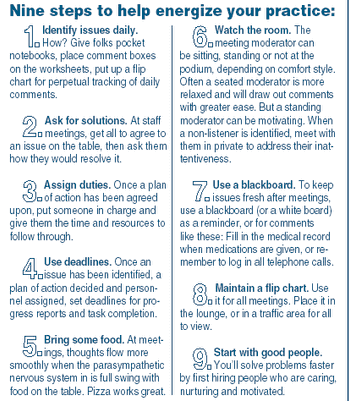
Veterinary clinics are required to treat many different species of animals of vastly different body sizes and physiological needs.

Veterinary clinics are required to treat many different species of animals of vastly different body sizes and physiological needs.

Modern veterinary practice relies on a wide range of pharmaceutical products in order to provide optimum patient care and well-being.

Recently there has been a list generated that discusses monitoring 20 items to assess critical patients each day.

This discussion will focus on blood components commonly available and how to choose the appropriate blood component for the patient.

Looking for perks that don't break the bank? Then check out these results: Cost-effective extras that both you and your practice will find beneficial.

No matter the shape or size of your practice, odds are you share boss-related annoyances with other team members.

When you've landed on the right ideas, it's time to suggest the potential perks to your boss. To be sure your manager listens to your proposal-and more importantly, accepts it-try following this seven-step plan

How do you deal with difficult co-workers?

Motivate team members to keep your practice clean with creative competitions.

Stop clients from walking out your practice's door today.

Group meetings make new member training easier.

Spanish handouts increase the number of clients and client compliance for one hospital.

It's better to be down a doctor than to hire a sub par associate.

Is there one type of client who's harder to please?

Take a tip from the hotel industry and provide exceptional hospitality.

PORTLAND, ORE. - As many areas face shortages of veterinary assistants and technicians, more state boards are debating how far they can go to extend care.

Follow-through after meetings is a frustrating issue in many practices.

Hiding behind your boss's lion's roar might be a timid kitten. Coax out your boss's softer side.

Little gestures go a long way-especially when the client doesn't have to pay for them.

Cut down on unnecessary sick days by offering team members monthly rewards.

A new study finds that effectiveness rather than frequency might be more important.

Teaching pet owners about payment options helps ensure they will comply with your recommendations.

If your practice doesn't offer financial options, you could make championing them your pet project. Here's how.

Your heart will thank you for avoiding elevators and escalators.


A reader and a consultant disagree on when to wear scrubs.

Here's a tasty solution for X-ray tag organization.

Whether you're a receptionist, technician, assistant, or manager, learn to outfit yourself for professional practice life in your hometown. Just click on the link below then roll over the flags to get sure-fire wardrobe tips.

It's pop quiz time. Test yourself and your team with these essential questions.